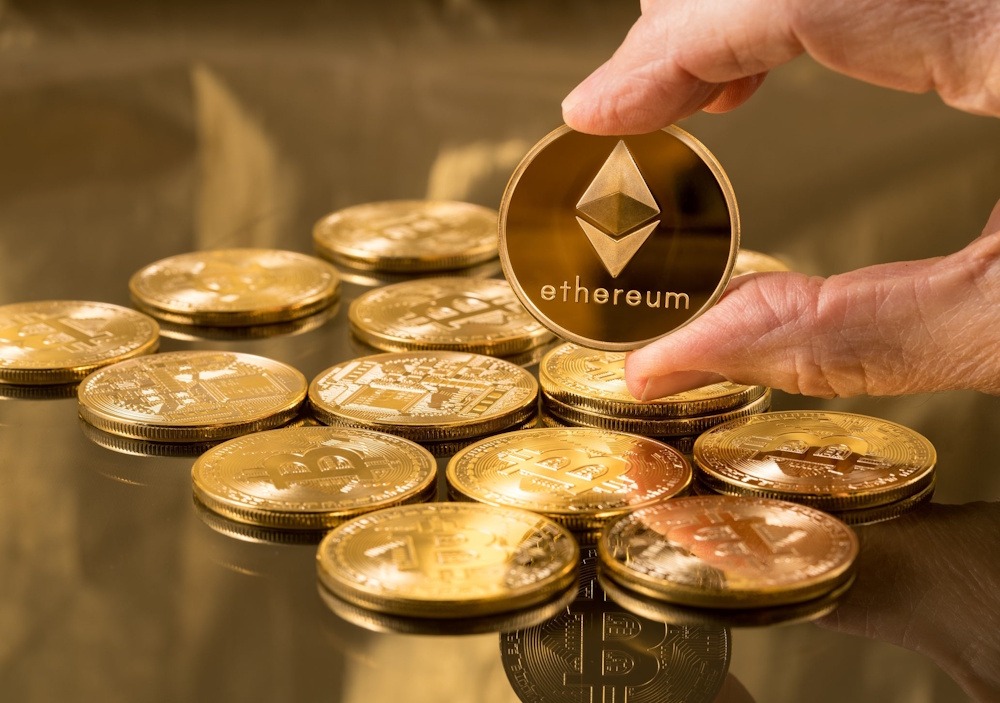Instead of determining an asset’s “true” value in a single, smooth process, markets often exhibit enthusiasm, overreact, pause, and then typically move back toward a value that is more aligned with fairness. As noisy as it may be, that pattern is sometimes a helpful guide when you’re looking at a good asset that has been out of favor for a while, like Ethereum was, at least until relatively recently. In early August, the coin reclaimed a price of more than $4,000, and during the last 30 days, it has grown by 28%.
By early September, Ethereum stood at approximately 10% below its all-time high, a distance that could narrow swiftly if the fundamentals continue to enhance. This rally was driven by several factors, and there are a few potential outcomes to anticipate in the near future. A new catalyst often aids a struggling asset in regaining some positive sentiment; the Pectra upgrade for Ethereum went live on May 7, introducing two significant new features, among many others. Initially, standard wallets on the blockchain can function similarly to smart contracts, which is expected to enhance the simplicity and security of everyday transactions as time progresses. Secondly, the effective balance ceiling was increased for network validators, allowing them to reduce some of their operational bloat and enhance their staking efficiency. Both of those changes draw in and hold onto more capital for the network. In the meantime, banks and financial institutions have finally established a native crypto on-ramp, and it seems they are actively utilizing it.
In May 2024, the approval for listing U.S. spot Ethereum exchange-traded funds marked a significant step in recognizing Ethereum as an investable asset for retirement platforms and wealth managers. Since then, asset flows have not captured the attention of investors — until this summer, which showcased several significant net-inflow days, frequently occurring in succession. These ETFs are now generating ongoing demand whenever policy statements, model allocations, or market narratives shift in favor of Ethereum. Institutions are actively developing on Ethereum itself. On-chain U.S. Treasury bill and bond markets now total roughly $7.5 billion across platforms, with the leading platform boasting the most value. The combination of ETFs alongside tokenized cash instruments and a substantial stablecoin reservoir underscores Ethereum’s increasing acceptance on Wall Street.
At last, corporate treasuries and crypto treasury firms are beginning to gather Ethereum. Reddit revealed its Ethereum holdings, and a group of public companies has been gathering it this year for treasury and staking strategies. After all, Stock Advisor’s total average return is 1,042% — a remarkable outperformance compared to 183% for the S&P 500. They have just disclosed what they consider to be the 10 top stocks for investors to purchase at this moment, accessible upon joining Stock Advisor. Those announcements don’t alter cash flows instantly, but they do expand the buyer base significantly.

